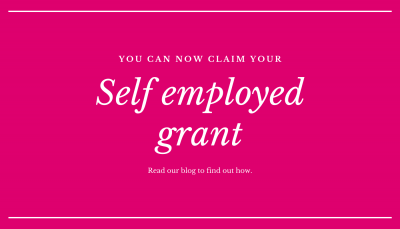
The portal opens this week to claim your grant is you are self-employed. This is capped as a taxable lump…

The portal opens this week to claim your grant is you are self-employed. This is capped as a taxable lump…
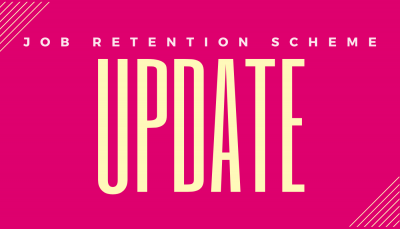
The government’s Coronavirus Job Retention Scheme will remain open until the end of October, The key points announced by Chancellor…

On Sunday Boris Johnson addressed the UK and gave a speech that confused the nation. Stay alert, control the virus,…

New loans for small businesses announced. Sadly, lockdown doesn’t seem to be ending soon. This means that we are going…
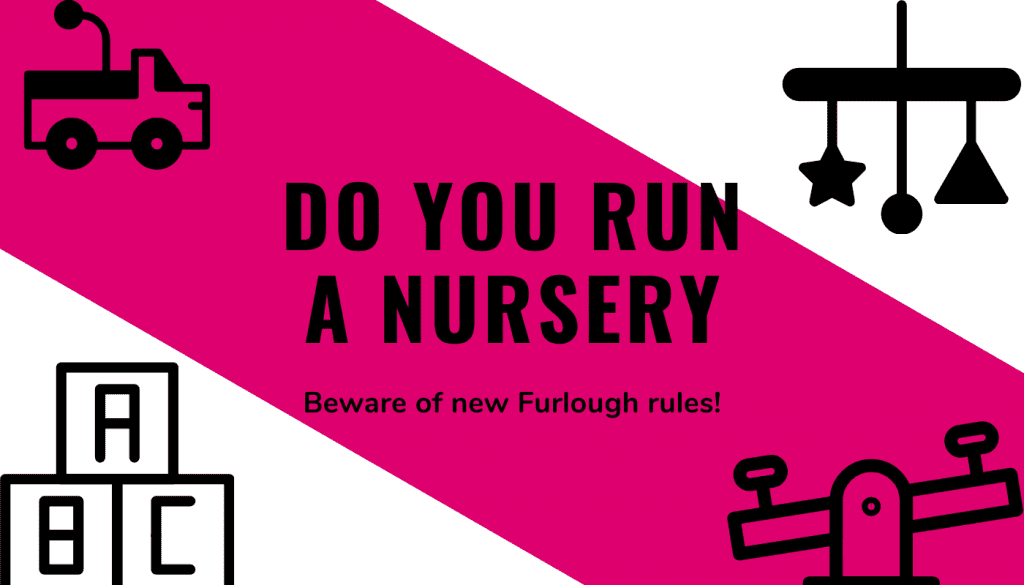
DO YOU RUN A CHILDREN’S NURSERY? Beware of the new furlough rules! If you operate a Childs Nursery or playground and receive…

What we know so far update! We now have some more guidance on the government’s help for individuals, businesses and…
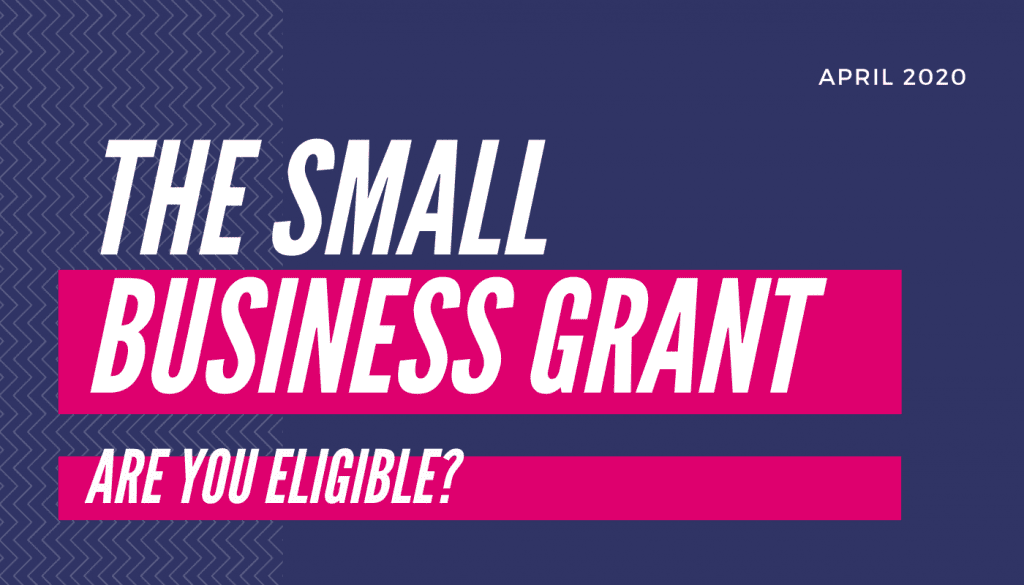
Claim Your Small Business Grant – TODAY If your business is eligible for small business rate relief OR rural rate…
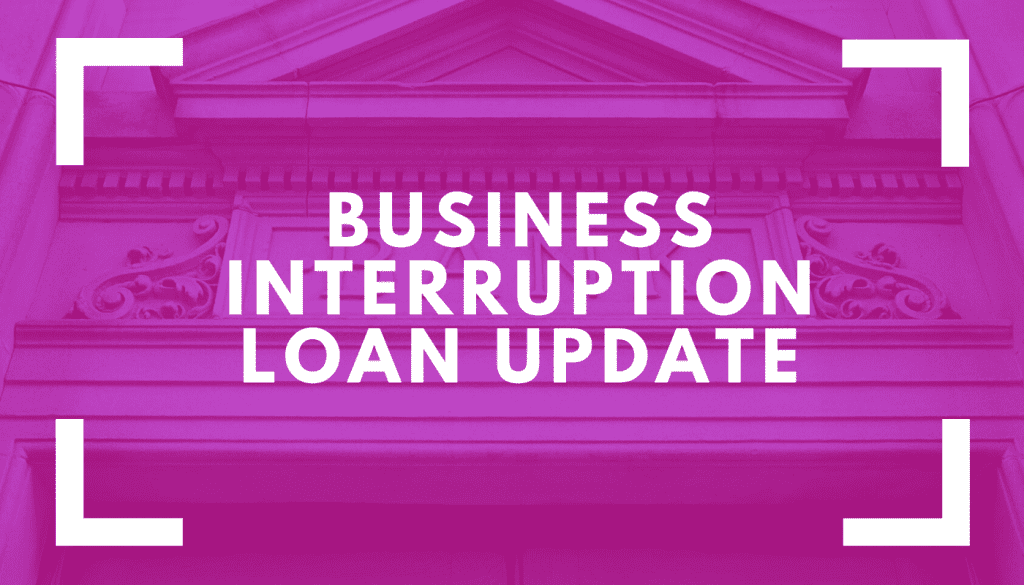
Business Interruption Loan Update We don’t have full details yet, but we wanted to let you know that the Coronavirus…

What help is there for Sole Traders! Lockdown has most likely left you anxious about your future and desperate to…
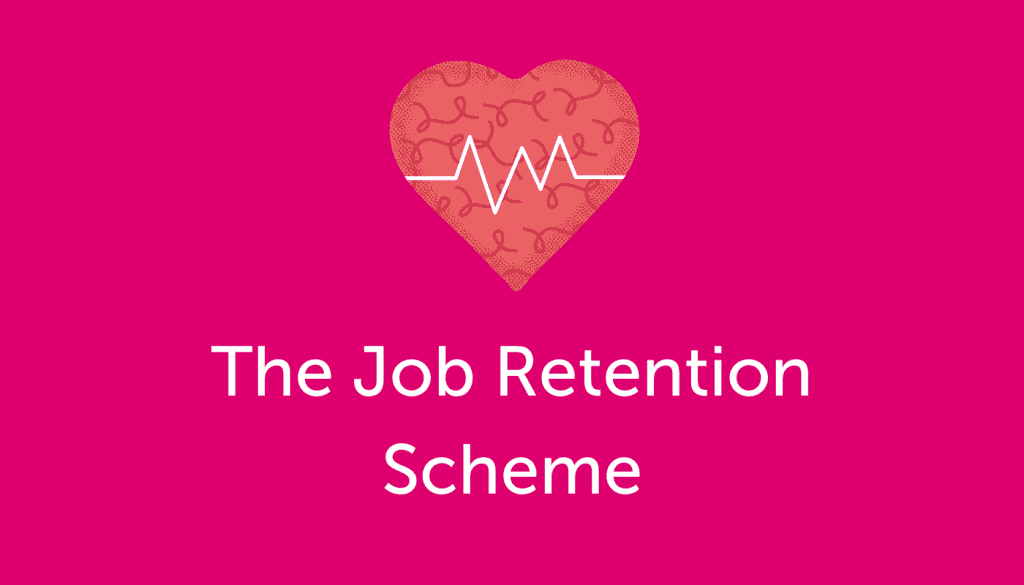
More information on the job retention scheme … Under the Coronavirus Job Retention Scheme, all UK employers with a PAYE…